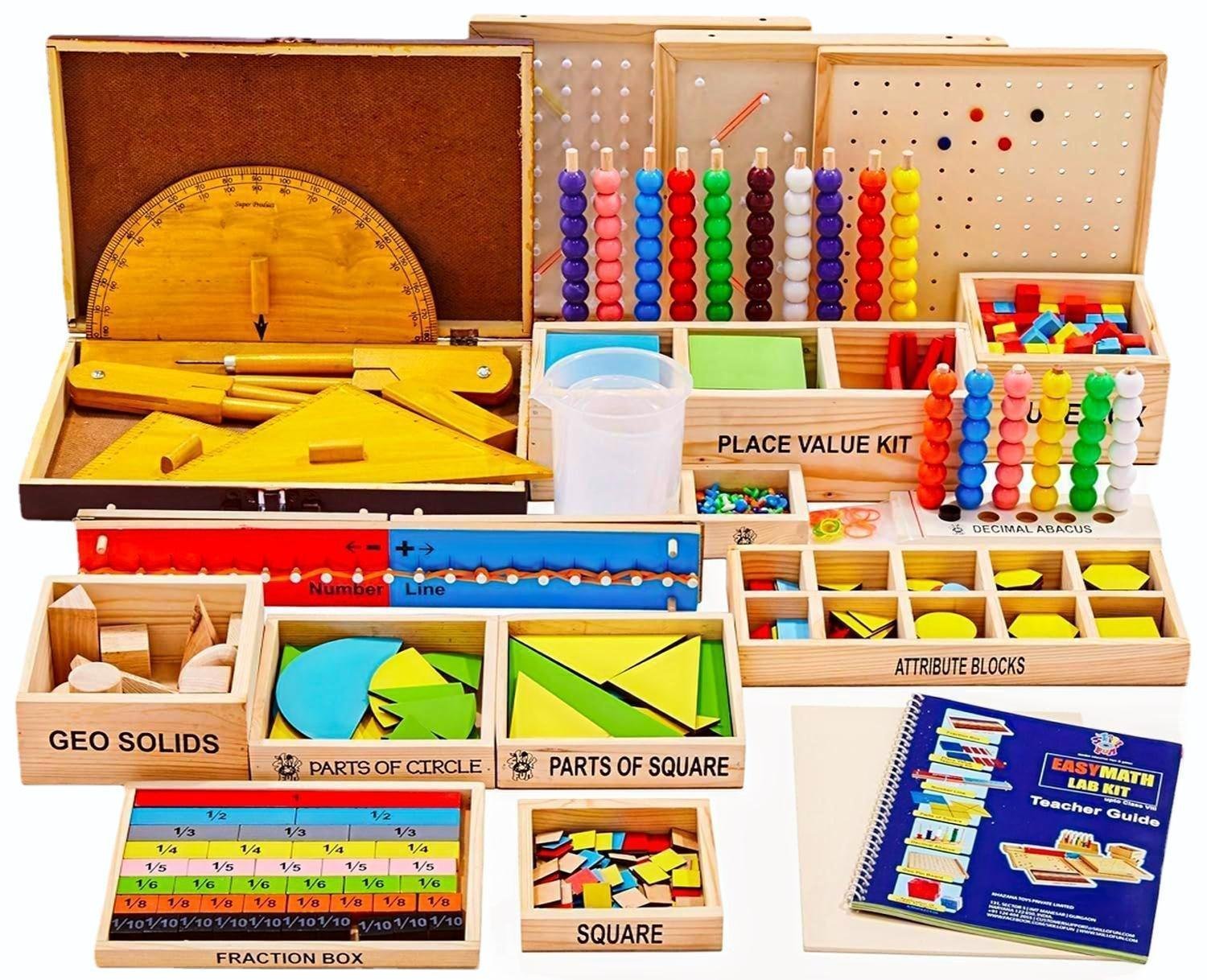Domestic violence is a serious issue that affects millions of people worldwide. It can happen to anyone, regardless of age, gender, or socioeconomic status. This article will explore the signs of domestic violence, its impact on victims, and how we can work together to address and prevent it.
What is Domestic Violence?
Domestic violence, also known as intimate partner violence, refers to any form of abuse or aggressive behaviour within a domestic setting. It often involves one partner trying to control or dominate the other. Domestic violence can take many forms, including:
- Physical abuse: Hitting, slapping, or other forms of physical harm.
- Emotional abuse: Insults, threats, or manipulation to control the victim.
- Sexual abuse: Forcing unwanted sexual acts.
- Financial abuse: Controlling the victim’s access to money or resources.
- Psychological maltreatment: Intimidation, isolation, or gaslighting.
Signs of Domestic Violence
Recognizing the signs of domestic violence is the first step toward helping victims. Here are some common indicators:
Physical Signs
- Unexplained bruises, cuts, or injuries.
- Frequent visits to the hospital.
- Wearing clothing to hide injuries, even in warm weather.
Behavioural Signs
- Withdrawal from friends and family.
- Sudden changes in personality or behaviour.
- Fearfulness around their partner.
Emotional Signs
- Low self-esteem or self-worth.
- Anxiety, depression, or suicidal thoughts.
- Constantly apologizing for their partner’s behaviour.
The Impact of Domestic Violence
Domestic violence has far-reaching consequences for victims, their families, and society as a whole.
On Victims
- Physical health: Chronic pain, injuries, or long-term disabilities.
- Mental health: PTSD, depression, and anxiety disorders.
- Social life: Isolation from friends and family.
On Children
Children who witness domestic violence often suffer from:
- Emotional and behavioural problems.
- Poor academic performance.
- A higher risk of becoming abusers or victims in the future.
On Society
- Increased healthcare costs.
- Loss of productivity in the workplace.
- The strain on social services and law enforcement.
How to Help Victims of Domestic Violence
If you suspect someone is a victim of domestic violence, here’s how you can help:
1. Listen and Offer Support
- Let them know you’re there for them.
- Avoid judgment or blame.
2. Encourage Professional Help
- Suggest counselling or therapy.
- Provide information about local shelters and hotlines.
3. Create a Safety Plan
- Help them identify safe places to go in an emergency.
- Please encourage them to keep important documents and emergency contacts handy.
Breaking the Cycle of Abuse
Preventing domestic violence requires a collective effort. Here are some steps we can take:
Education and Awareness
- Teach young people about healthy relationships.
- Raise awareness about the signs and consequences of abuse.
Legal Measures
- Strengthen laws to protect victims.
- Ensure abusers face appropriate consequences.
Community Support
- Provide resources like shelters and counselling services.
- Foster a culture of zero tolerance for abuse.
Domestic Violence Statistics
Here’s a quick look at some alarming statistics:
| Statistic | Details |
| Global Prevalence | 1 in 3 women and 1 in 4 men experience domestic violence. |
| Fatalities | Over 50% of female homicide victims are killed by their partners. |
| Economic Cost | Domestic violence costs the U.S. economy over $8.3 billion annually. |
Conclusion
Domestic violence is a pervasive issue that demands our attention and action. By recognizing the signs, supporting victims, and working to prevent abuse, we can create a safer and more compassionate world. If you or someone you know is experiencing domestic violence, reach out for help. No one deserves to live in fear.


